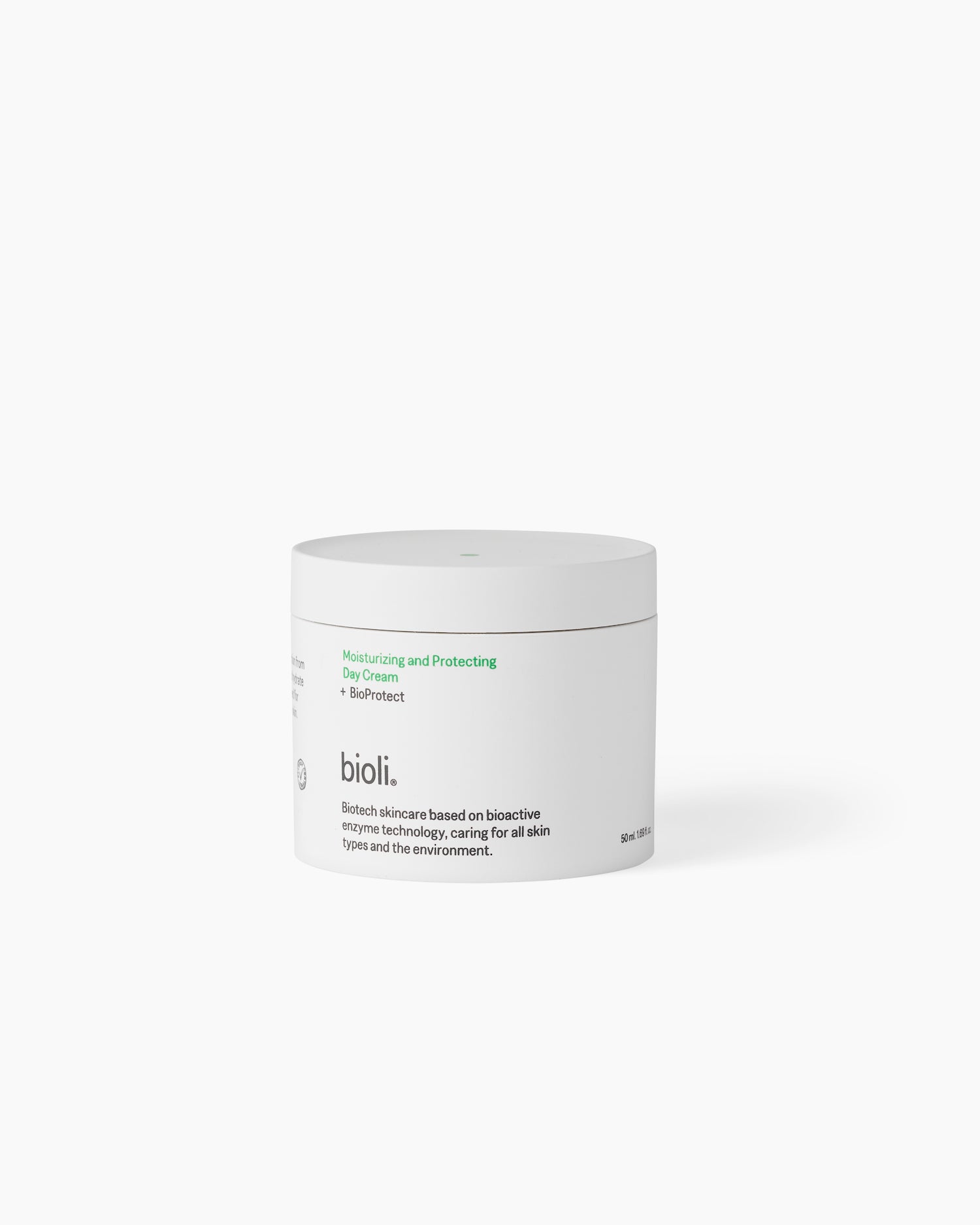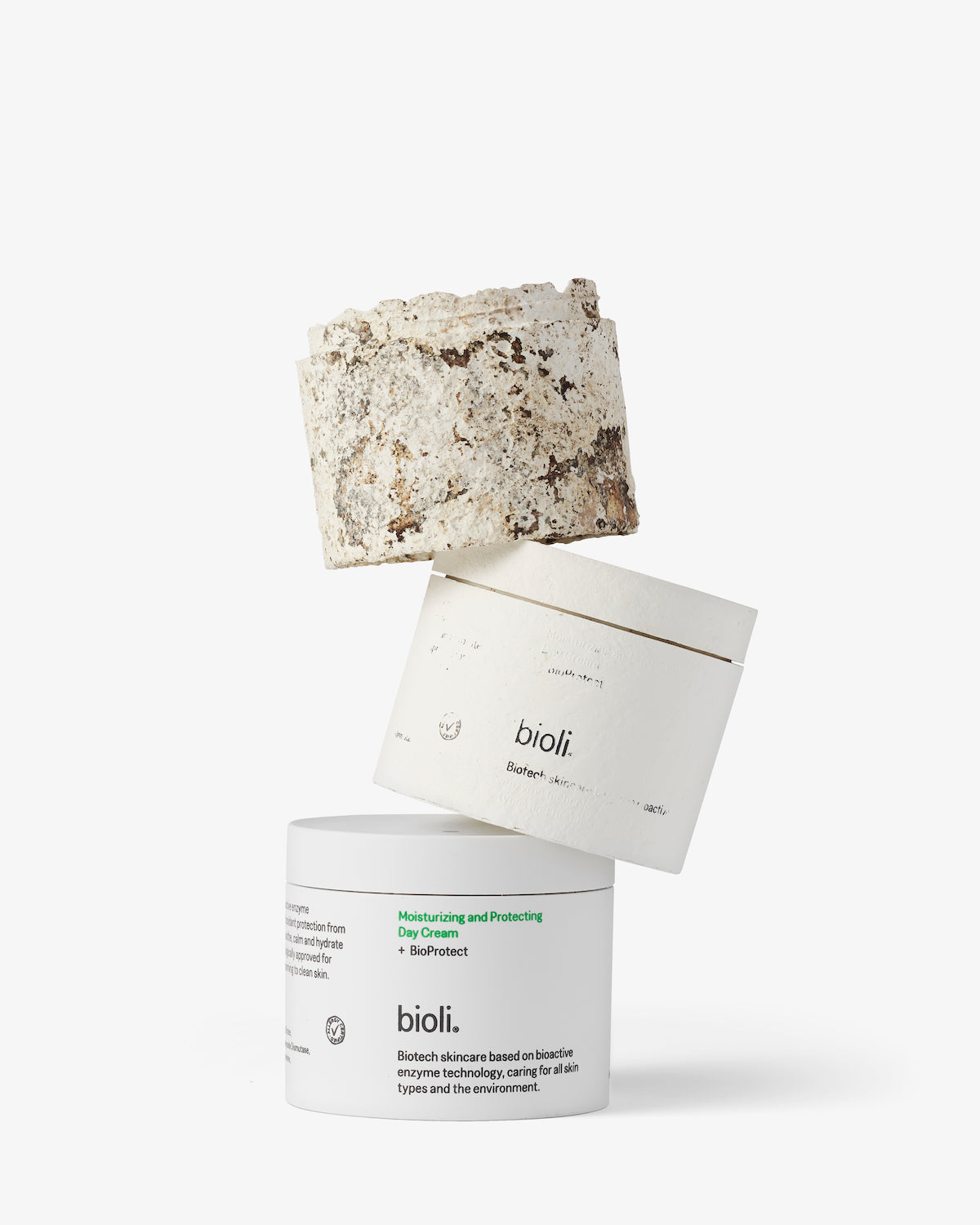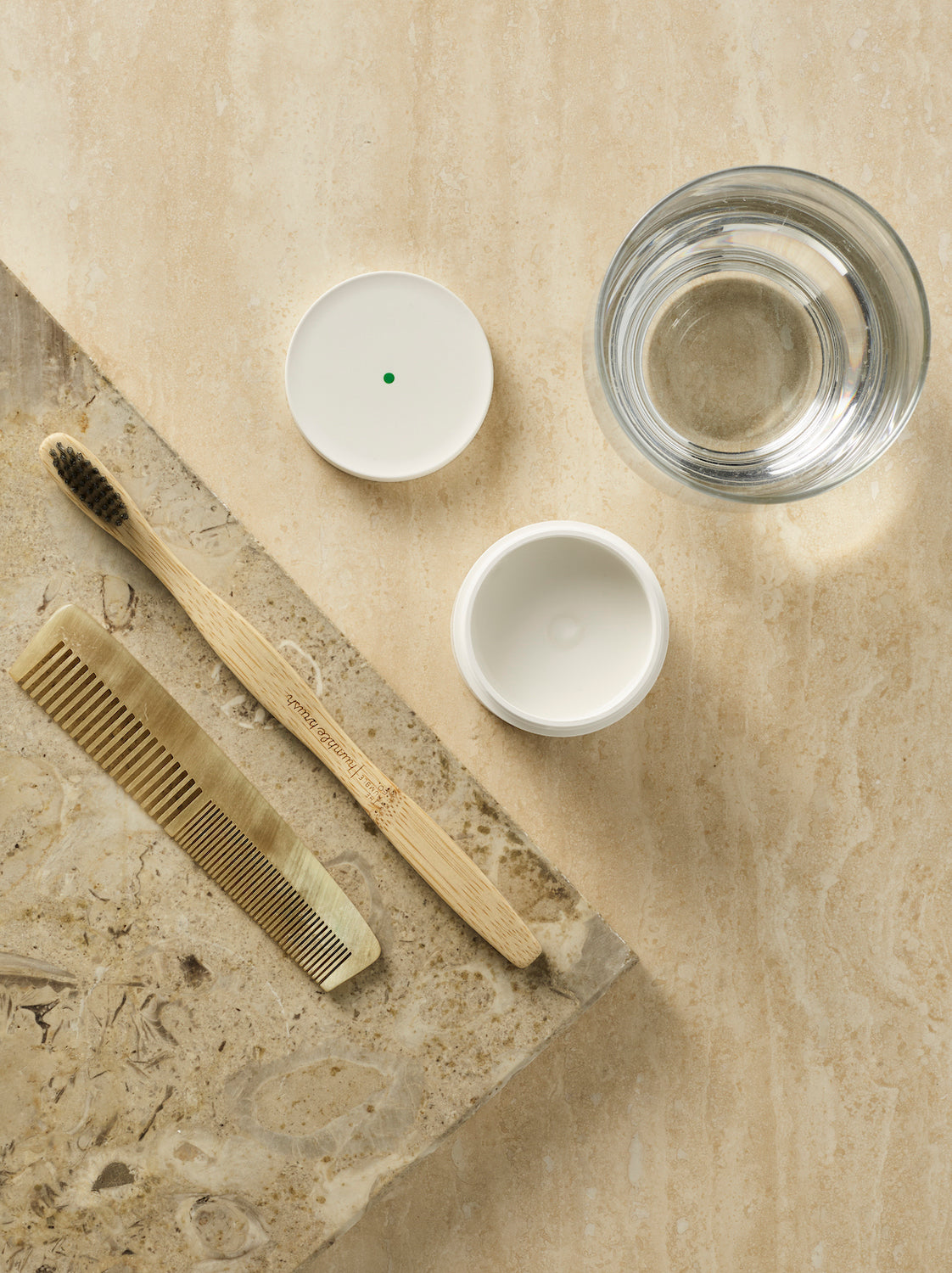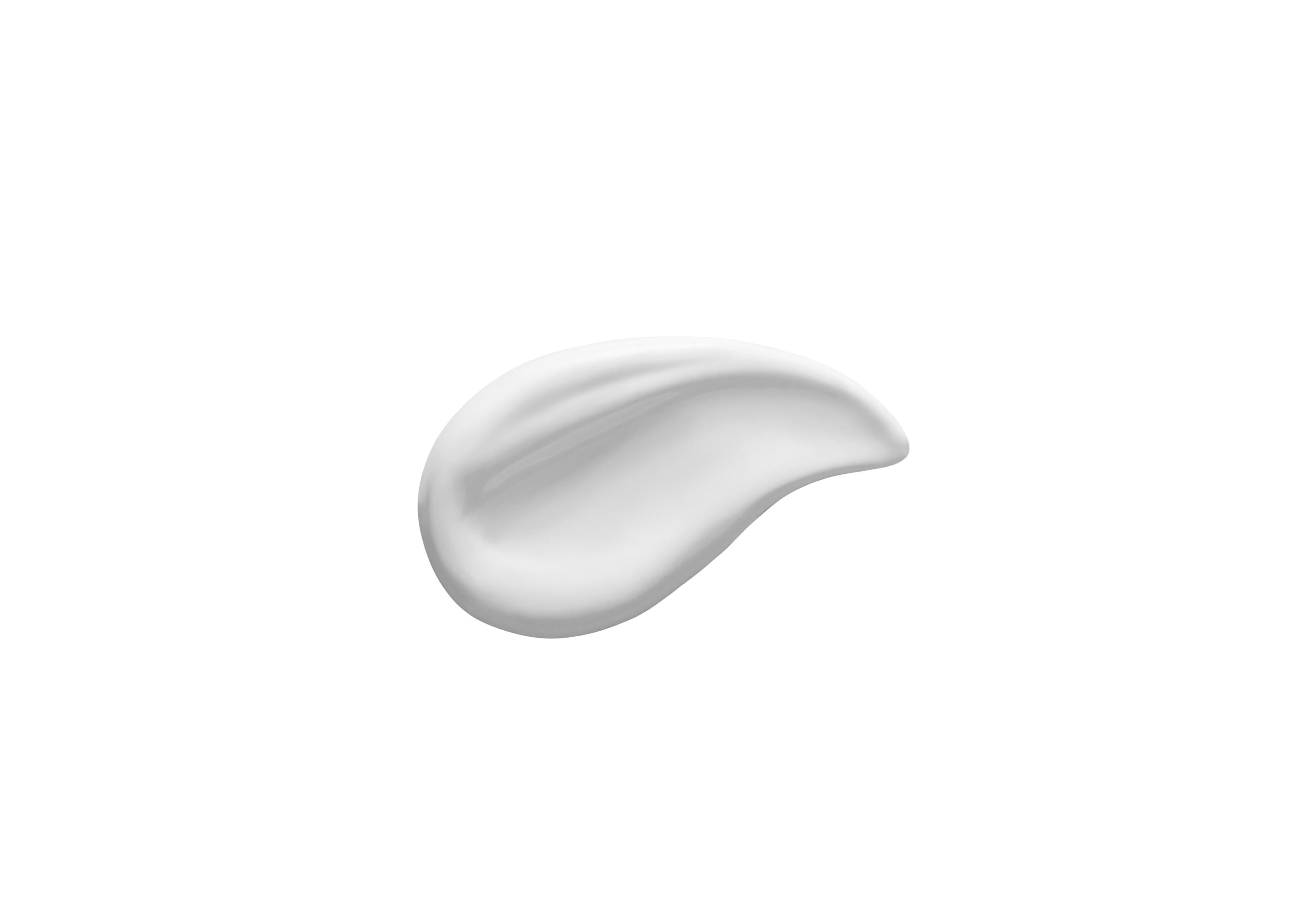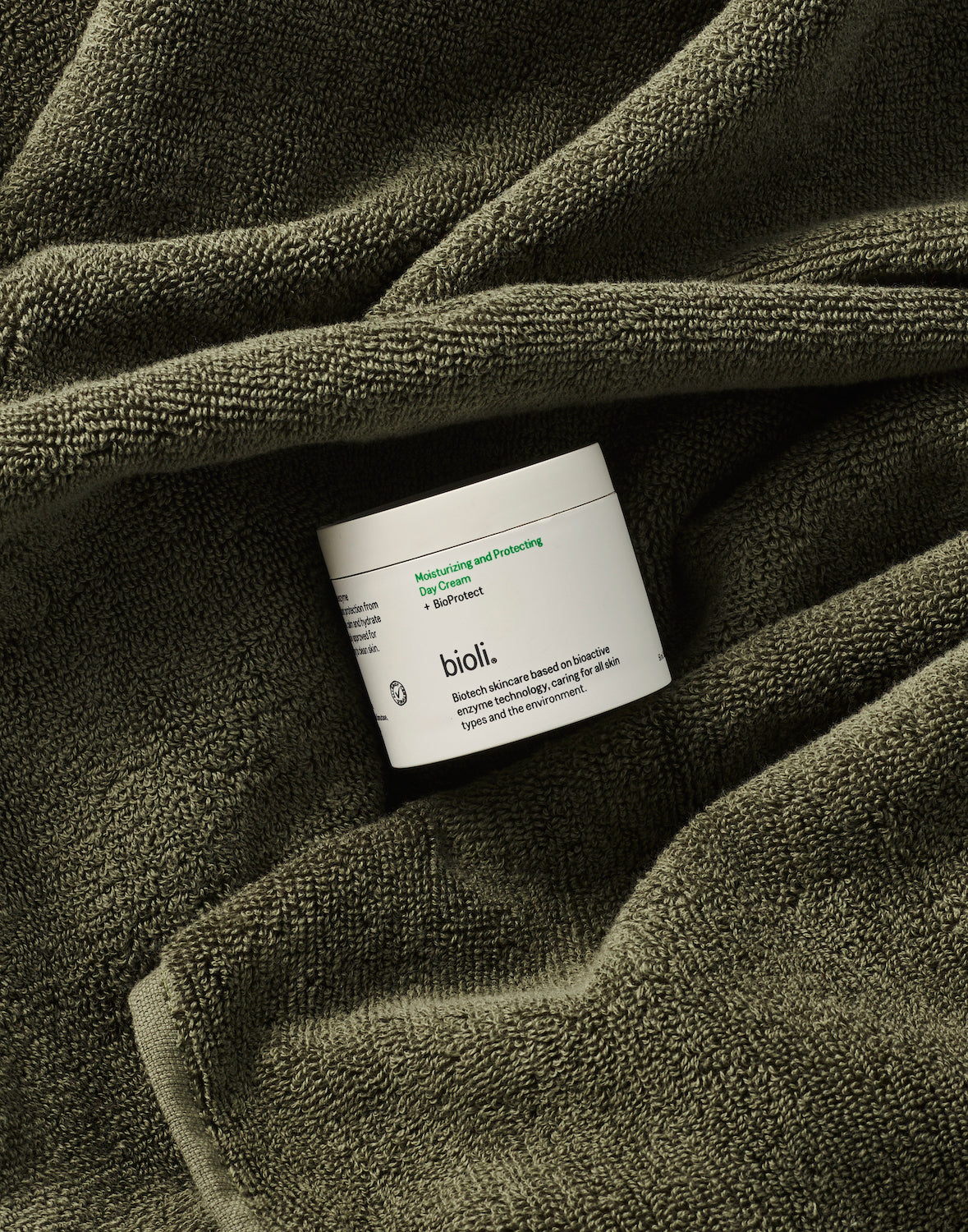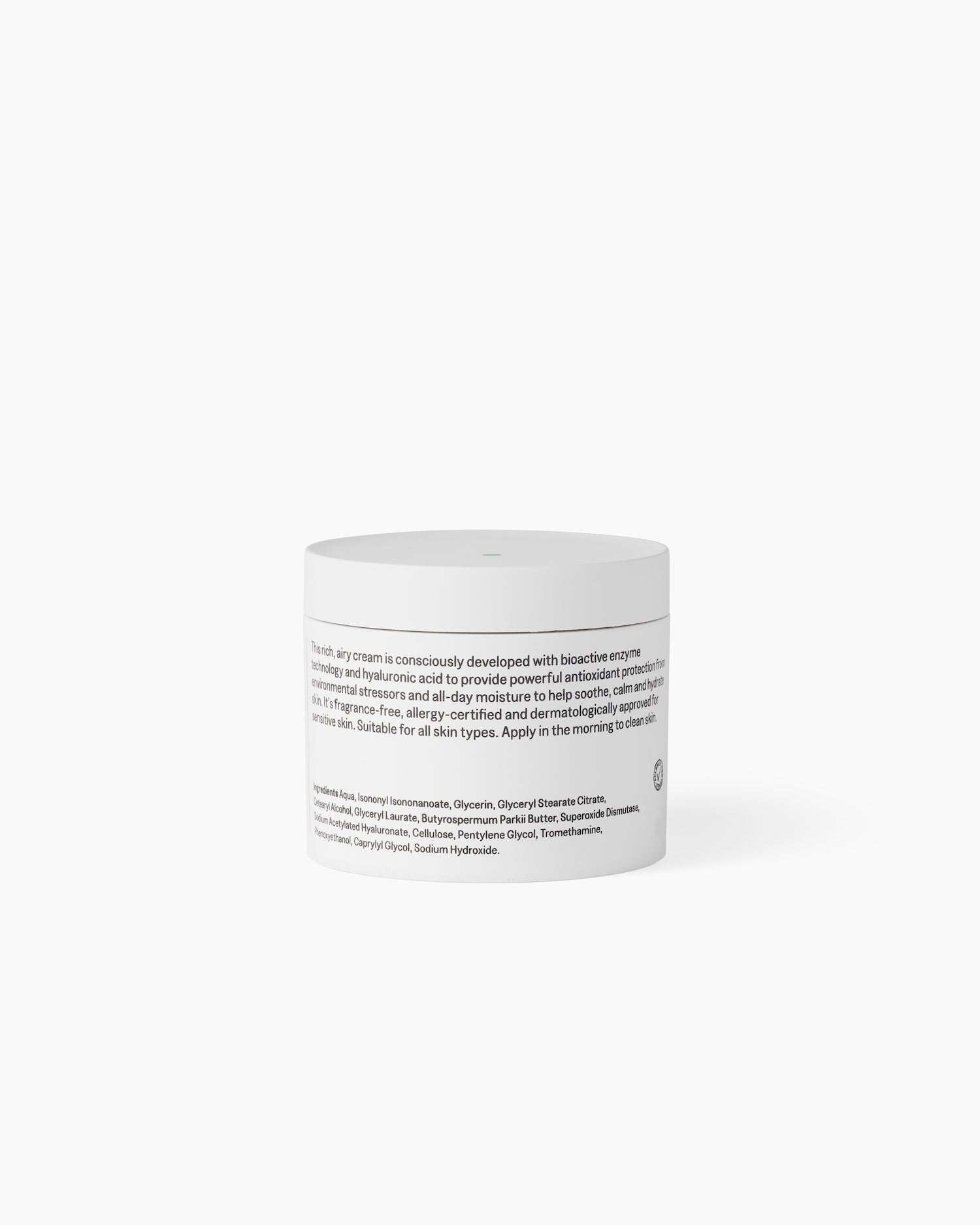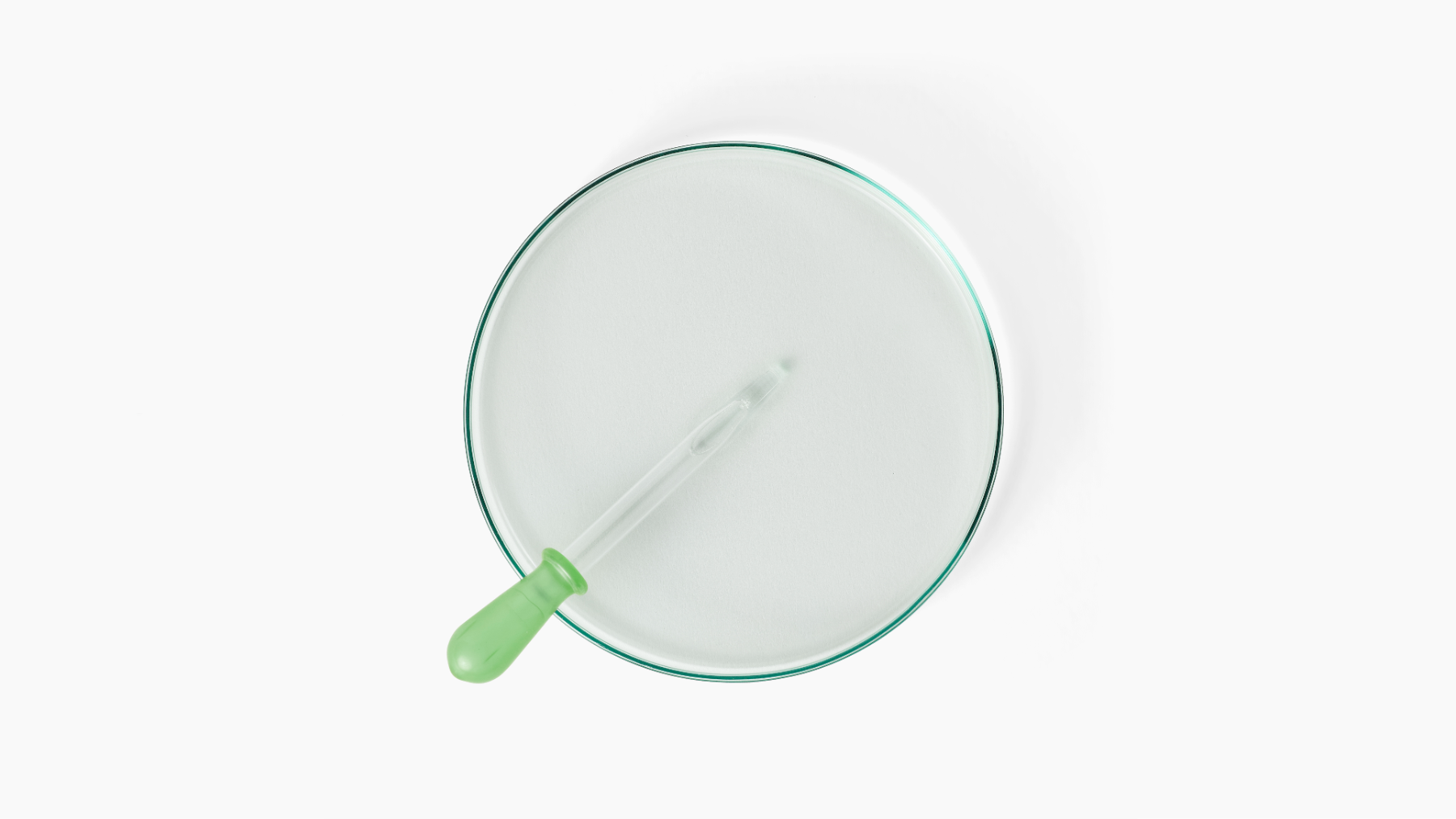Men’s skincare market
The global market for men's skincare products was valued at US$16.9 billion in 2024 and is expected to reach US$23 billion by 2030, growing at a CAGR of 5.2%
There has been a pivotal shift in male pampering culture over the last decade. Men’s toiletries once meant shampoo, deodorant, and shaving cream—nothing more. Now they are stocked with: moisturizers, facial cleansers, eye serums, bronzers and concealers, anti-aging creams and even mud masks. This shift isn’t just about appearances—it’s about self-confidence, youthfulness, and a growing understanding that skincare is health care. In fact, recent reports show men are now spending more on male-specific toiletries than on shaving products. It shows a growing awareness of the role skincare plays in overall health. The trend is only growing, and the rise in skincare use is global.
How are men’s and women’s skin different?
1. Men’s skin is up to 25% thicker
Research shows that men’s skin is on average 20–25% thicker than women’s due to higher collagen density.
This added thickness gives men’s skin:
- Greater resilience to mechanical stress (like shaving)
- A rougher texture
- Slower wound healing, particularly after cuts and razor irritation
2. Wrinkles come Later—but hit harder
While women experience a sharp drop in collagen after menopause, men’s collagen declines steadily over time. This means:
- Signs of aging appear later in men
- But when they do, wrinkles are often deeper and more sudden
3. Sebum overload
Higher testosterone levels cause men’s sebaceous glands to be more active, which leads to:
-
Increased sebum (oil) production
-
Larger pores
-
Higher risk of acne and congestion, not just in teenage years but often into middle age
Women’s skin, by contrast, goes through hormonal fluctuations, resulting in oiliness that varies with life stages.
4. The shaving factor
The average man shaves his face around 16,000 times in his lifetime. That’s a lot of repeated stress. Frequent shaving leads to:
- Micro-cuts and irritation
- Dryness and sensitivity, especially without proper aftercare
- A weakened skin barrier, increasing vulnerability to environmental stressors
It’s a skincare challenge unique to men—and one that requires proper hydration and barrier support to avoid long-term effects.
Women and Mens skincare needs: More alike than different
Purple packaging doesn’t make it better for women. Matte black doesn’t make it better for men. Despite biological differences, core skincare needs are the same:
- Hydration to support elasticity and smoothness
- Antioxidants to fight free radical damage
- Barrier repair to prevent dryness and sensitivity
That’s why Bioli Moisturizing and Protecting Day Cream is thoughtfully formulated to be unisex and non-greasy, making it easy and comfortable to wear every day. It’s rich in antioxidants to combat environmental stress, deeply hydrating to maintain skin elasticity, and specifically designed to strengthen the skin barrier—which is especially beneficial for men’s skin after shaving.
The bottom line is that men’s skin is biologically different from women’s—it’s thicker, oilier, and ages in its own way. But that doesn’t mean it requires an entirely separate skincare cabinet. You can absolutely share.


